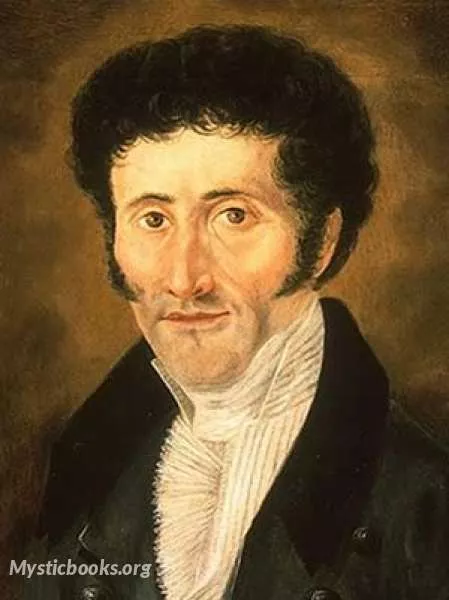
Timeline
Title
Country/Nationality
E. T. A. Hoffmann
Ernst Theodor Amadeus Hoffmann was a German Romantic author of fantasy and Gothic horror, a jurist, composer, music critic and artist. His stories form the basis of Jacques Offenbach's opera The Tales of Hoffmann, in which Hoffmann appears (heavily fictionalized) as the hero. He is also the author of the novella The Nutcracker and the Mouse King, on which Pyotr Ilyich Tchaikovsky's ballet The Nutcracker is based. The ballet Coppélia is based on two other stories that Hoffmann wrote, while Schumann's Kreisleriana is based on Hoffmann's character Johannes Kreisler. See also Schumann's Fantasiestücke, Op. 12.
Hoffmann's stories highly influenced 19th-century literature, and he is one of the major authors of the Romantic Movement.
Hoffmann's ancestors, both maternal and paternal, were jurists. His father, Christoph Ludwig Hoffmann (1736–97), was a barrister in Königsberg, Prussia (now Kaliningrad, Russia), as well as a poet and amateur musician who played the viola da gamba. In 1767 he married his cousin, Lovisa Albertina Doerffer (1748–96). Ernst Theodor Wilhelm, born on 24 January 1776, was the youngest of three children, of whom the second died in infancy.
From 1796, Hoffmann obtained employment as a clerk for his uncle, Johann Ludwig Doerffer, who lived in Glogau with his daughter Minna. After passing further examinations he visited Dresden, where he was amazed by the paintings in the gallery, particularly those of Correggio and Raphael. During the summer of 1798, his uncle was promoted to a court in Berlin, and the three of them moved there in August—Hoffmann's first residence in a large city. It was there that Hoffmann first attempted to promote himself as a composer, writing an operetta called Die Maske and sending a copy to Queen Luise of Prussia. The official reply advised to him to write to the director of the Royal Theatre, a man named Iffland. By the time the latter responded, Hoffmann had passed his third round of examinations and had already left for Posen (Poznań) in South Prussia in the company of his old friend Hippel, with a brief stop in Dresden to show him the gallery.
Hoffmann assimilated well with Polish society; the years spent in Prussian Poland he recognized as the happiest of his life. In Warsaw he found the same atmosphere he had enjoyed in Berlin, renewing his friendship with Zacharias Werner, and meeting his future biographer, a neighbour and fellow jurist called Julius Eduard Itzig (who changed his name to Hitzig after his baptism). Itzig had been a member of the Berlin literary group called the Nordstern, or "North Stars," and he gave Hoffmann the works of Novalis, Ludwig Tieck, Achim von Arnim, Clemens Brentano, Gotthilf Heinrich von Schubert, Carlo Gozzi and Calderón. These relatively late introductions marked his work profoundly.
The next fifteen months were some of the worst in Hoffmann's life. The city of Berlin was also occupied by Napoleon's troops. Obtaining only meagre allowances, he had frequent recourse to his friends, constantly borrowing money and still going hungry for days at a time; he learned that his daughter had died. Nevertheless, he managed to compose his Six Canticles for a cappella choir: one of his best compositions, which he would later attribute to Kreisler in Lebensansichten des Katers Murr.
Prussia had declared war against France on 16 March during the War of the Sixth Coalition, and their journey was fraught with difficulties. They arrived on the 25th, only to find that Seconda was in Leipzig; on the 26th, they sent a letter pleading for temporary funds. That same day Hoffmann was surprised to meet Hippel, whom he had not seen for nine years.
Hoffmann died of syphilis in Berlin on 25 June 1822 at the age of 46. His grave is preserved in the Protestant Friedhof III der Jerusalems- und Neuen Kirchengemeinde (Cemetery No. III of the congregations of Jerusalem Church and New Church) in Berlin-Kreuzberg, south of Hallesches Tor at the underground station Mehringdamm.
Books by E. T. A. Hoffmann
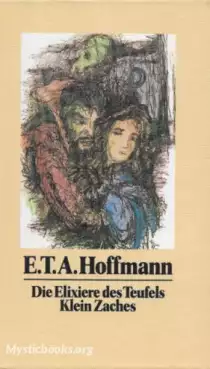
Die Elixiere des Teufels
The Devil's Elixirs is a novel by E. T. A. Hoffmann. Published in 1815, the basic idea for the story was adopted from Matthew Gregory Lewis's novel The Monk, which is itself mentioned in the text. Although Hoffmann himself was not particularly relig...
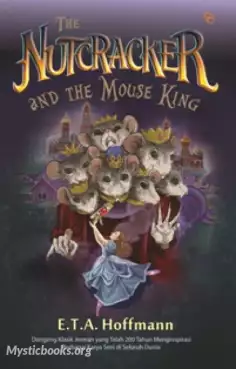
Nutcracker and Mouse King
"The Nutcracker and the Mouse King" (German: Nussknacker und Mausekönig) is a story written in 1816 by Prussian author E. T. A. Hoffmann, in which young Marie Stahlbaum's favorite Christmas toy, the Nutcracker, comes alive and, after defeating the ev...
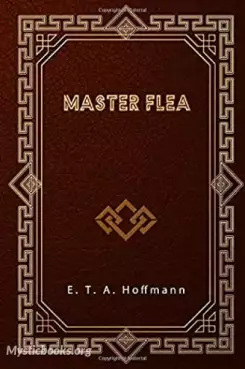
Master Flea
The novel follows the story of Peregrinus Tyss, who becomes entangled in the conflict between supernatural characters in bourgeois form over Dörtje Elverdink, in reality Princess Gamaheh of Famagusta.
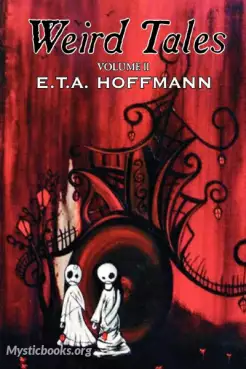
Weird Tales, Volume 2
In this, volume explores the dark and mysterious, blending elements of horror, fantasy, and the supernatural to create a captivating and unsettling atmosphere. Whether it be a ghostly apparition, a strange and eerie coincidence, or a glimpse into a p...
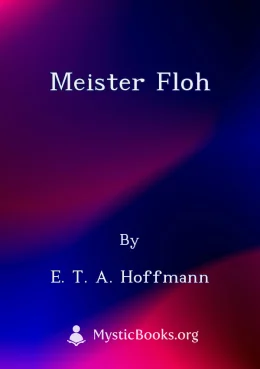
Meister Floh
Das skurriles Märchen „Meister Floh“ erzählt die Geschichte des frauenscheuen Träumers Peregrinus Tyß und dessen Begegnung mit dem weisen und gelehrten Meister der Flöhe. Am Weihnachtsabend bringt Peregrinus den Kindern eines armen Buchbinders Gesch...
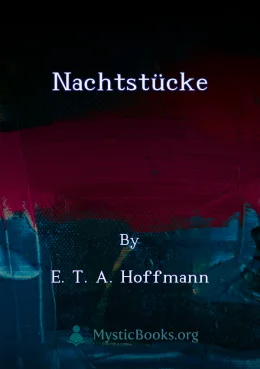
Nachtstücke
Die "Nachtstücke" sind eine Sammlung von unheimlichen Geschichten, die der Romantik zuzuordnen sind. Die einzelnen Titel dieser Sammlung sind: "Der Sandmann", "Ignaz Denner", "Die Jesuitenkirche in G.", "Das Sanctus", "Das öde Haus", "Das Majorat", "...
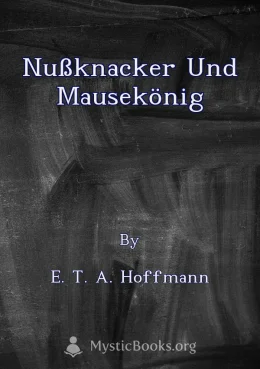
Nußknacker und Mausekönig
Ein weihnachtliches Märchen. Marie Stahlbaum bekommt zu Weihnachten einen Nussknacker geschenkt, den sie gleich sehr lieb gewinnt. Noch in der Christnacht wird sie Zeuge, wie Leben in den Nussknacker und die anderen Spielzeuge kommt. Sie beobachtet e...
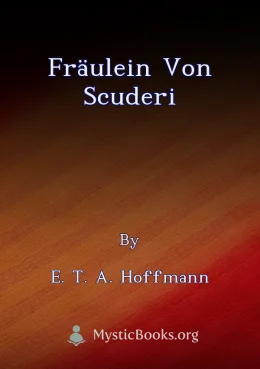
Fräulein von Scuderi
Set in 17th-century Paris, Fräulein von Scuderi follows the story of a murder investigation that unfolds around the enigmatic goldsmith René Cardillac and his beautiful daughter, Madelon. When Cardillac is found murdered with a single stab wound to t...
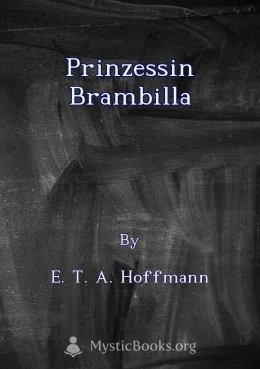
Prinzessin Brambilla
Prinzessin Brambilla is an allegorical-fantastic fairy tale set during a timeless Roman Carnival, as depicted in Jacques Callot's graphic series "Balli di Sfessania." The story follows a pair of lovers who, through the power of love, imagination, an...

Auswahl aus Die Serapionsbrüder
Die Sammlung *Auswahl aus Die Serapionsbrüder* bietet eine Auswahl an Novellen des deutschen Schriftstellers E.T.A. Hoffmann, die in den 1820er Jahren entstanden sind. Die Geschichten werden in einer fiktiven Rahmenhandlung erzählt, in der eine Grupp...
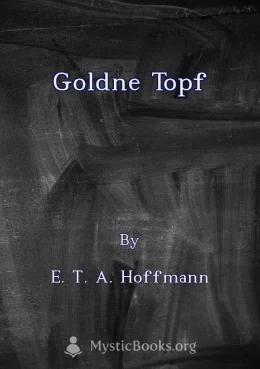
goldne Topf
The Golden Pot is a novella by E.T.A. Hoffmann. It tells the story of Anselmus, a poor student who falls in love with Serpentina, the daughter of the mysterious Archivarius Lindhorst. Anselmus must overcome many obstacles to win Serpentina's hand, in...
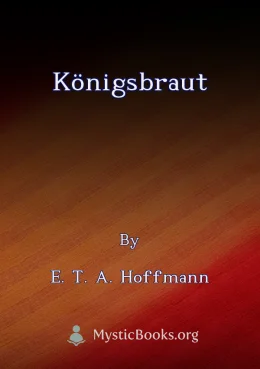
Königsbraut
In E.T.A. Hoffmann's whimsical tale, 'Königsbraut,' a young woman named Ännchen discovers a magical ring in her father's carrot patch. This seemingly ordinary ring binds her to a mysterious 'Porphyrio von Ockerodastes,' who is revealed to be none...
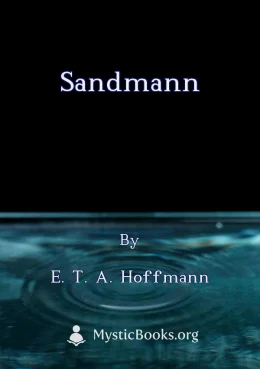
Sandmann
Der Sandmann ist ein düsterer und psychologisch komplexer Roman, der die Grenzen zwischen Realität und Fantasie verwischt. Nathanael, ein junger Student, ist von der Kindheit geprägt durch die traumatische Figur des Sandmanns, eine furchteinflößende...
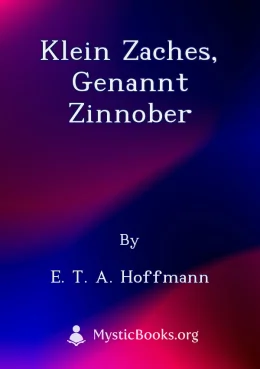
Klein Zaches, genannt Zinnober
Klein Zaches, genannt Zinnober ist eine satirische Erzählung von E.T.A. Hoffmann, die sich mit den Themen Schein und Sein, Macht und Korruption auseinandersetzt. Die Geschichte erzählt von einem hässlichen und dummen Wechselbalg, der durch einen magi...
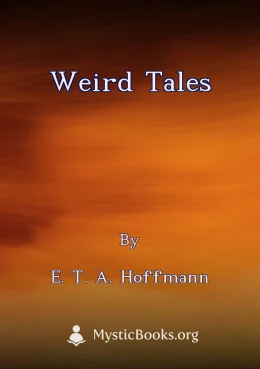
Weird Tales
E.T.A. Hoffmann's 'Weird Tales' is a collection of gothic novellas set in various locations across Europe, predominantly Germany and Italy. While the supernatural element is subtle, the stories' 'weirdness' emanates from their extraordinary character...
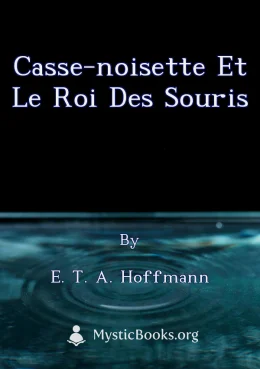
Casse-noisette et le roi des souris
The Nutcracker and the Mouse King is a classic Christmas story about a young girl named Marie who receives a nutcracker doll on Christmas Eve. That night, the nutcracker comes to life and takes Marie on a magical journey to a world of sweets and toys...
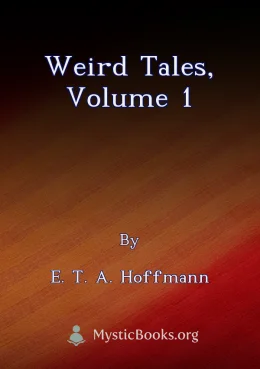
Weird Tales, Volume 1
E. T. A. Hoffmann's _Weird Tales, Volume 1_ is a collection of fantastical stories that explore the supernatural and the creative process. These tales are quintessentially Romantic, seeking to evoke awe, wonder, and horror in the reader. Hoffmann als...
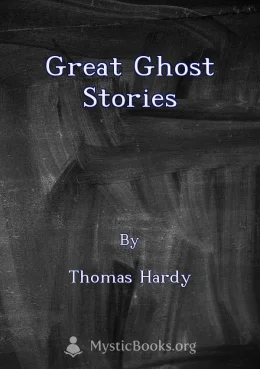
Great Ghost Stories
A spine-tingling collection of classic ghost stories that will keep you on the edge of your seat. From the haunting tales of Thomas Hardy to the chilling narratives of Fitz-James O'Brien and Margaret Oliphant, this anthology showcases some of the fin...
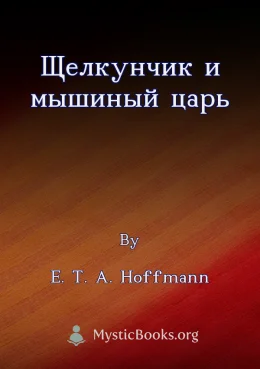
Щелкунчик и мышиный царь
The Nutcracker and the Mouse King is a classic Christmas tale about a young girl named Marie who receives a nutcracker doll as a gift on Christmas Eve. The nutcracker turns out to be a prince who has been cursed by the Mouse King, and Marie must help...